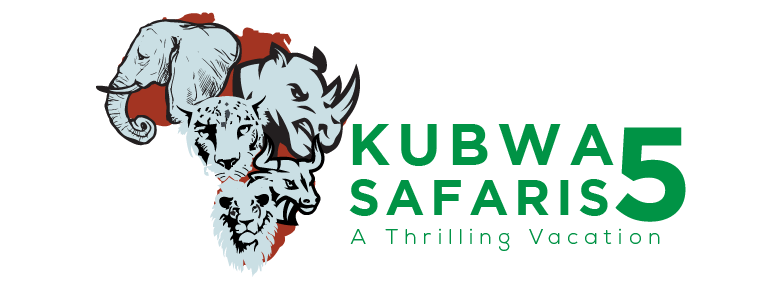Table of Contents
Best 5 animals at West Lunga National Park in Zambia
These are the best 5 animals in West Lunga National Park Buffalo, Antelope, Elephant, Hippo and Crocodile.
West Lunga National Park is a remote wildlife haven in dense forest in the North-Western Province of Zambia. It lies between the West Lunga River and Kabompo River about 10 km north of the gravel road from Solwezi to Kabompo, and covers about 1700 km².
Buffaloes at West Lunga National Park in Zambia
Their wide-splayed hoofed feet prevent them from sinking too deeply in the mud and allow them to move about in wetlands and swamps. These marshes provide good cover and rich aquatic plants to forage on, although water buffalo actually prefer to feed in grasslands on grass and herbs In general, buffaloes favor grassland, whether it be open, wooded or bushed. They feed and travel most often during the early morning, evening and nighttime. Buffalos spend the rest of their time lying in shade, similar to cows in a field, although they likely sleep for only about an hour per day.
Antelopes at West Lunga National Park in Zambia
Antelopes have adapted to be able to run extremely fast to escape their predators, and they can also use their long horns for defence. Many Antelopes will gather in herds for protection, and they can alert each other to danger. They typically have a light, elegant figure, are slender, have graceful limbs, small cloven hoofs and a short tail. Antelopes have powerful hindquarters and, when startled, run with a peculiar bounding stride that makes them look as though they are bouncing over the terrain like a giant rabbit.
Elephants at West Lunga National Park in Zambia
Hippopotamus at West Lunga National Park in Zambia
Hippos are the third largest mammals on earth, they are well adapted to aquatic life. Their ears, eyes, and nostrils are located high on the head so that the rest of the body may remain submerged. The ears and nostrils can be folded shut to keep out water. The body is so dense that hippos can walk underwater, where they can hold their breath for five minutes. Hippos can’t survive for long out of water because their skin is extremely sensitive to direct sunlight, which is why they secrete a red, oily substance, once thought to be blood, that serves as both a sunscreen and an antibiotic.
Crocodiles at West Lunga National Park in Zambia
Crocodiles can move about on land with surprising speed, particularly when alarmed or angry – but their bodies are mainly adapted for a life in water. The nostrils, eyes and ears lie along the top of the head so that the animal can hear, see, smell and breathe when the rest of the body is submerged.
Conclusion of the 5 best animals at West Lunga National Park in Zambia
Animals play an important role on our planet earth and in human lives. Therefore, it is our duty as humans to protect animals for a better future. Otherwise, the human race will not be able to survive without the help of the other animals.
